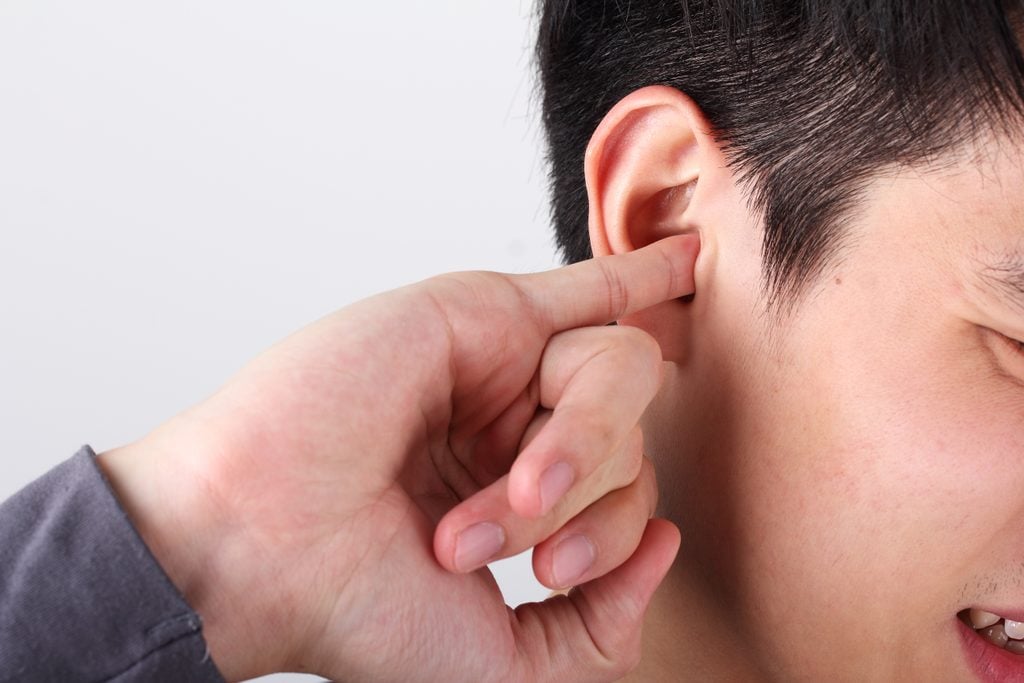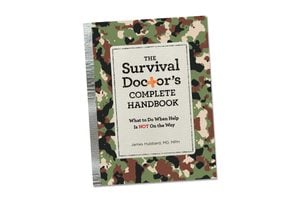This Is How You Really Should Be Cleaning Your Ears—No Q-Tips Required
Updated: Jul. 29, 2023

Try this simple trick for cleaning out your ears without causing any damage.
Our editors and experts handpick every product we feature. We may earn a commission from your purchases.
If you’ve ever heard about how dangerous it is to use a Q-tip to clean your ears, we’re sorry to say that the rumors are true. According to Cedars-Sinai Medical Center, using a cotton swab can actually push earwax deeper into your ear canal, and can even cause punctured ear drums and hearing loss. Still, if you’re experiencing wax buildup in your ears, it can be pretty uncomfortable—so we have a safer solution for how to clean your ears.
Water can serve as a great resource for cleaning out your ears—as long as you use it properly. It’s the irrigation that’s a great way to remove any foreign body or wax buildup in the ear.
7 Earache Remedies—and Which Ones Are Worth Trying
Here’s how to clean your ears properly with H2O, according to James Hubbard, author of The Survival Doctor’s Complete Handbook.
How to clean ears safely
- Pour clean, lukewarm water into a bowl. (Using water that’s too hot or cold can stimulate the auditory nerve—which also controls your balance—and cause dizziness.) Add a few drops of household-strength hydrogen peroxide if you wish.
- Hold a towel or another bowl under the affected ear to catch the water as it comes out.
- Using the water in the bowl, fill up a bulb syringe, a medical syringe without the needle, or a plastic bag or bottle with a pinhole in the bottom.
- With the arm that’s opposite the ear (for example, your left arm if you’re irrigating your right ear), reach around the back of your head, grab your ear, and pull back and slightly upward.

- Squeeze the bag, bulb, or whatever you’re using so the water squirts into the ear canal with steady pressure.
- You’re finished when the object or glob of wax comes out. Stop if the irrigation hasn’t worked within about five minutes or if you have pain or dizziness. You can try again in a few hours. By that time, the earwax, if that’s your problem, should be even softer.
- After you’re done, put a couple of drops of alcohol (mixed with peroxide if you want) in your ear to help dry up excess water.
Now, learn what earwax reveals about your health.
